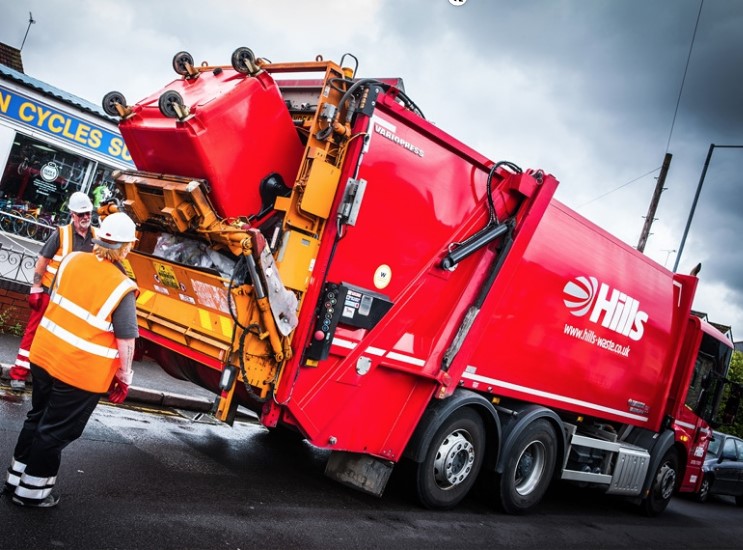Businesses that have invested in waste management software solutions report wide reaching and varied benefits across their operation. Before the introduction of a software system, many have been operating using manual records and relied on general internal feedback to provide business intelligence and form pricing decisions. With the introduction of an ERP solution, which manages waste collection and management processes end to end, insight can be gained into day to day operations, but can also highlight areas of profitability and trends to track.
One of the key and most fundamental elements of a waste management software solution is its ability to accurately record the customers revenue and all associated costs. Disposal, labour, fuel and vehicle costs can all be included in the reporting, to provide a true margin by customer analysis. Estimated costs are often used by businesses without access to this technology, but when a software solution is implemented, the facts can often be eye-opening. As an example, actual cost of labour and fuel costs can be easily underestimated. Being in possession of this information can enable an operator to better understand the cost of delivering the service to their customers and make decisions about realistic pricing options.

Waste management software solutions can also help to identify accounts on the extreme ends of the scale – extremely heavy bins and light weight users. Customers identified as consistently filling heavy bins can be proactively offered options to reduce costs, such as separate food and glass waste collections and pay-by-weight services, which would be impossible without the technology. By identifying these extremes, customers can be charged more fairly. Rather than charging a fixed tariff, those with light loads can just pay for what they have disposed of rather than subsidising the customers with heavier bins. The ability to offer this level of fairness and associated pricing models is often cited by operators as a key part of their commitment to customer service and can provide positive reputational benefits as well as customer loyalty in the long term.
As well as detailed customer analysis, the technology can be used to better understand the rounds and single-trip logistics. It can provide insight into route planning, which can help to cut fuel costs and CO2 emissions. As well as providing real life rounds analysis, this data can be passed on to the customer, if requested, to contribute to their own supply chain analysis.
Third-party costs can also be included in operational analysis using waste management software tools. For example, costs for subcontracted services and external tipping can be accurately monitored to provide a true overview of these expenditures. Side-by-side comparisons of sales and cost prices for subcontracted services can allow for instant margin review. Without the technology in place, many businesses would absorb these costs into other parts of the operation. However, the software solution allows for a true picture of overall costs to be reported on in a timely manner.

Once the business has adopted this technology and has confidence in the information being collected and reported on, correct pricing for on-board services can be implemented, without any risk of costly mistakes being made. The true cost of delivering services can be considered when making proposals, ensuring profits are made and losses are avoided.
To find out more about PurGo waste management software or to book an demonstration, click here.

